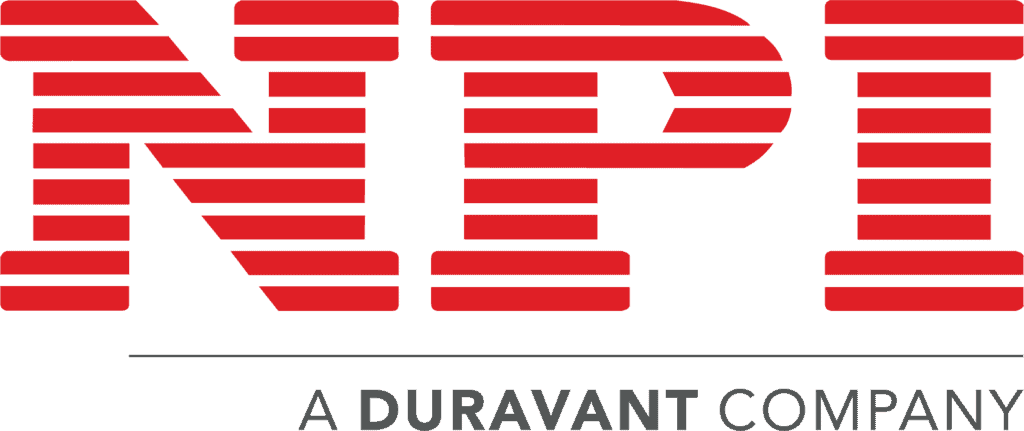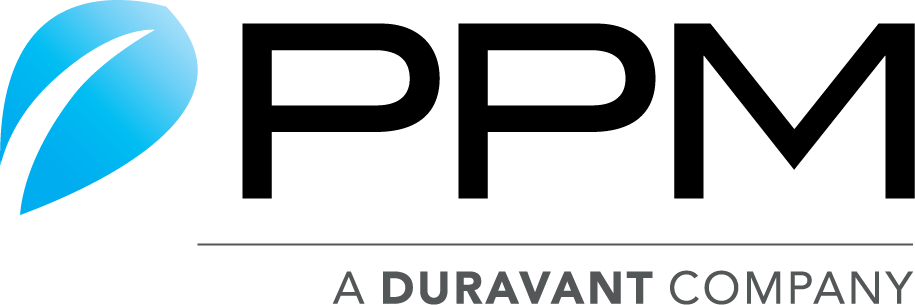The Duravant family of operating companies serve the food processing, packaging and material handling segments.
Top 5 Things People Forget When Planning for Automation
02/22/2023
Automation can bring many benefits to a business, such as increased efficiency and cost savings. However, it's important to remember that automation requires careful planning and execution. There are several key considerations that are often forgotten when planning for automation that can negatively impact the success of the project. In this article, we will discuss the top 5 things people often forget when planning for automation.
1. Accumulation:
One common mistake when planning for automation is forgetting to plan for downtime and material replenishments. It's important to consider where the product will go if a downstream process goes down and how long it will take for an operator to replenish the materials. Additionally, a line that stops and starts will run less efficiently, so it's important to plan accordingly.
2. Spare Kits
Another consideration is the availability of spare parts. It's important to have a spare parts kit on site during installation and commissioning and to have a restocking plan in place. Consider working with the OEM to match brand preferences to minimize the number of parts that need to be stocked (for example, Allen-Bradley 525 drives).
3. Redundant Operator Training:
A line is only as good as its operators, so it's important to have a backup plan in the event an operator leaves the company. Check with the OEM for training programs that are not tied to machine purchases, and make sure at least one person from each shift is a subject matter expert.
4. Consumable Material Quality:
Pallets, layer sheets, film, and other consumable materials may need to be of higher quality to run efficiently in an automated environment. Pallets need to be B quality or better to run on most pallet conveyors. Layer sheets may need to be new in order to be simulated by automatic methods. Film may need to be of thicker gauge to allow vacuum picking. Understanding and planning for any materials that need to be upgraded are important to the success of any automation project.
5. Slowing Down to Speed Up:
It's important to understand how the desired rate will affect the automation solution. Sometimes slowing down the product rate can result in more hands-free automation, allowing for longer runs with minimal intervention and higher yield. Slowing down the product rate to fit the machines in the system may also improve overall equipment efficiency.
By remembering these key considerations, businesses can avoid common pitfalls when planning for automation and increase their chances of success.
Is your business ready to automate its packaging line? At nVenia, we deliver packaging system efficiency and performance with custom-engineered solutions that work. Contact us today – our packaging experts are ready to help!











